Transparency
Michelle Salamon
Michelle Salamon is Platform Leader for Time and Movement on the BA Graphic Communication Design Program at Central Saint Martin’s University of the Arts London.
The Assumption of Transparency
In the field of optics, transparency is a physical property that expresses how light passes through a material with varying degrees of absorption. The opposite to transparency is opacity, which describes the degree to which a material (or context) resists the transmission of light (or information). The aim of this example is to align some of the properties of optical transparency with those of the transparency that occurs in the social sciences. The text explores the degree to which a particular context may resist the transmission of information in the many areas of our lives where we expect the institutions with which we engage (e.g., governance, healthcare, economy) to communicate transparently and openly with us, in order to permit us to hold them to account.
While we might understand why transparency is considered important for accountability, further examination suggests that full transparency is complex and nuanced, and as such may not fulfil the functions society expects or gains from it.
The following diorama images help illustrate the complexity of transparency using optics. We see objects when light waves bounce off their surfaces and travel toward our eyes. This is called reflection. When light waves pass through a transparent (or partially transparent) substance, this is called refraction, which changes the direction of the path the light waves were taking. This occurs with such devices as prisms and lenses. Refraction can cause objects to look different and/or appear to be in a different place than they actually are.
In the diorama, the three-dimensional object at left represents “facts.” It is situated within a constructed environment that includes a series of filters, masks, and lenses, each of which affect the way that the viewer (at right) perceives the object (or facts). These optical devices parallel the ways in which institutional information and communication of that information may appear to be transparent, but are in fact subject to multiple layers that alter the reality of the information.
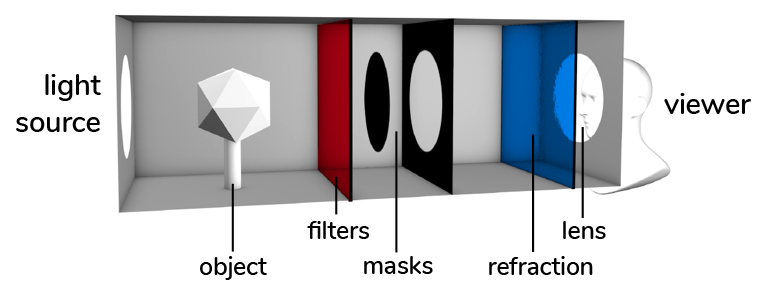
In the same way the diorama shows us that optical transparency is nuanced, so is political transparency equally complex. Political transparency can take three forms: informational transparency (public statements and disclosure of information); participatory transparency (being able to take part in decision making through fair representation); and accountability transparency (holding officials responsible when laws are violated). Perversely, politicians often use the very concept of transparency to manipulate the presentation of information.
Journalists can also adapt their rhetoric to defend their own investigative practices. For example, political media coverage often focuses more on the personal lives of politicians rather than their policies.
Returning to the diorama, we can see how transparency—often understood as synonymous with openness and disclosure—can be manipulated. Relied on as a principle for enabling the public to gain information about the operations and structures of a given entity, it can in fact both help and hinder political relationships. While some political information may be transmitted without alteration, other communications may be filtered, distorted, refocused, or obscured through the use of the rhetorical equivalents of projection, refraction, reflection, and masking.

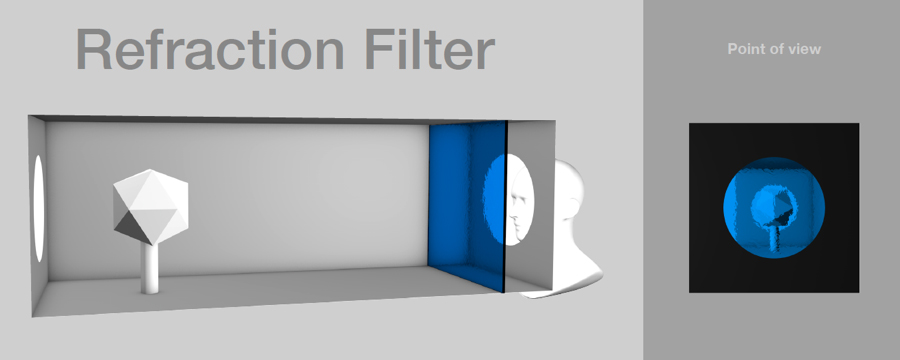
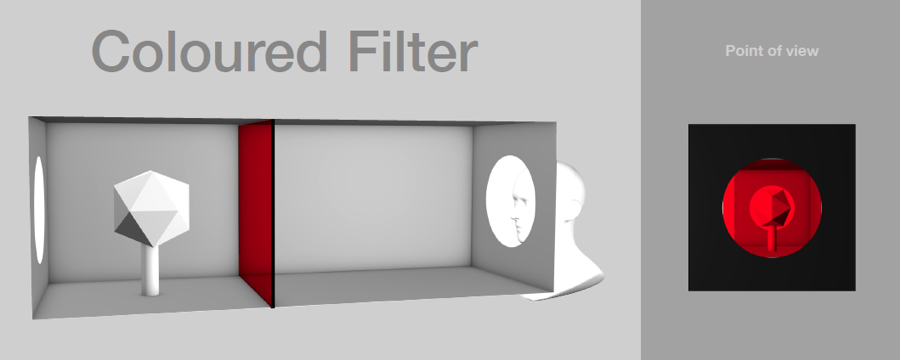
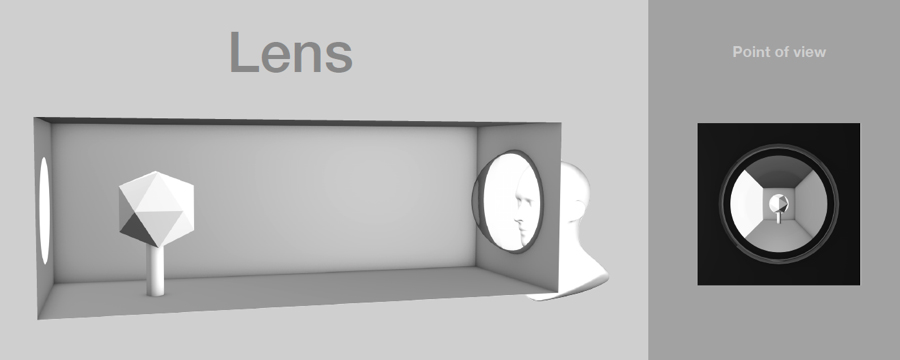
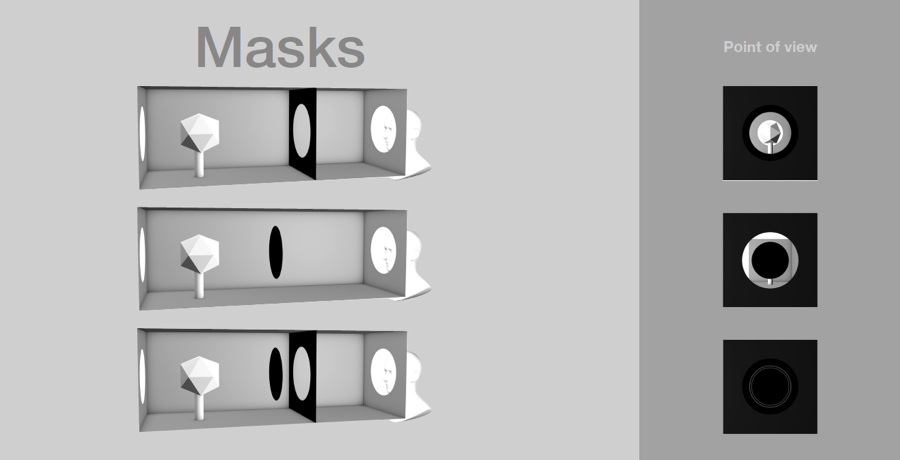

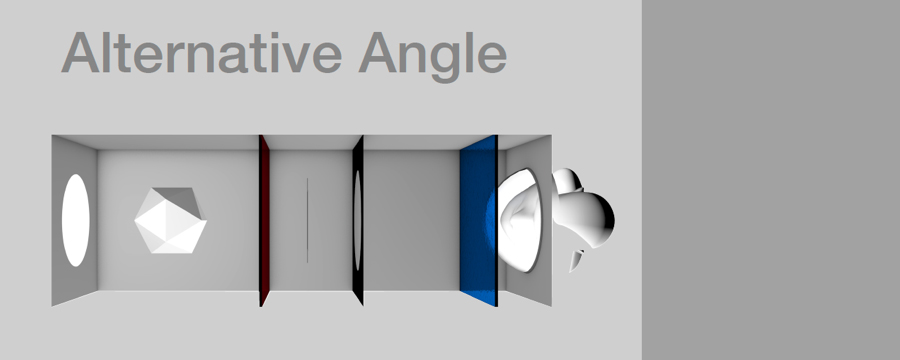
Discussion Questions
- How can transparency be understood as an overvalued concept?
- What methods used by politicians and mass media might be noted as forms of projection, filtering, and masking?
- Provide examples of ways in which media and communications can be used to divert audience attention, supplementing politicians with new realities that crowd out and eventually displace other political realities and political issues.
Exercise
Create your own version of the diorama to expand your understanding of transparency in other areas of social science. You can construct it in different physical spaces, such as a hallway or a cardboard box, or you can sketch it out on paper or using graphic design software. Consider alternative views and perspectives, and the impact they have on transparency.
Additional Resources
Balkin, J. (1999). How Mass Media Simulate Political Transparency. Cultural Values, 3(4), 393-413.
Bennett, T.E. (2005). New Keywords : A Revised Vocabulary of Culture and Society,. Blackwell Publishing.
Etzioni, A. (2018). The Limits of Transparency. In T. D. Alloa E., Transparency, Society and Subjectivity. Palgrave Macmillan, Cham.
Mersch, D. (2018). Obfuscated Transparency. In: Alloa E., Thomä D. (eds) Transparency, Society and Subjectivity. Palgrave Macmillan, Cham.
Petropoulos, R.A. (n.d.). video/189401/video-lenses-images-light. Retrieved from www.britannica.com: www.britannica.com
Rhodes, N. (2021). For Whose Benefit? Transparency in the development and procurement of COVID 19 vaccines. London: WHO Collaborating Centre for Governance Accounatbility and Transparency in the Pharmaceutical Sector, Transparency International, University of Toronto Leslie Dan Faculty of Pharmacy.
International colour symbolism diagram
What are the different types of optical filters?
How different lenses form images by refracting light
Transparency International: a global organisation against corruption

